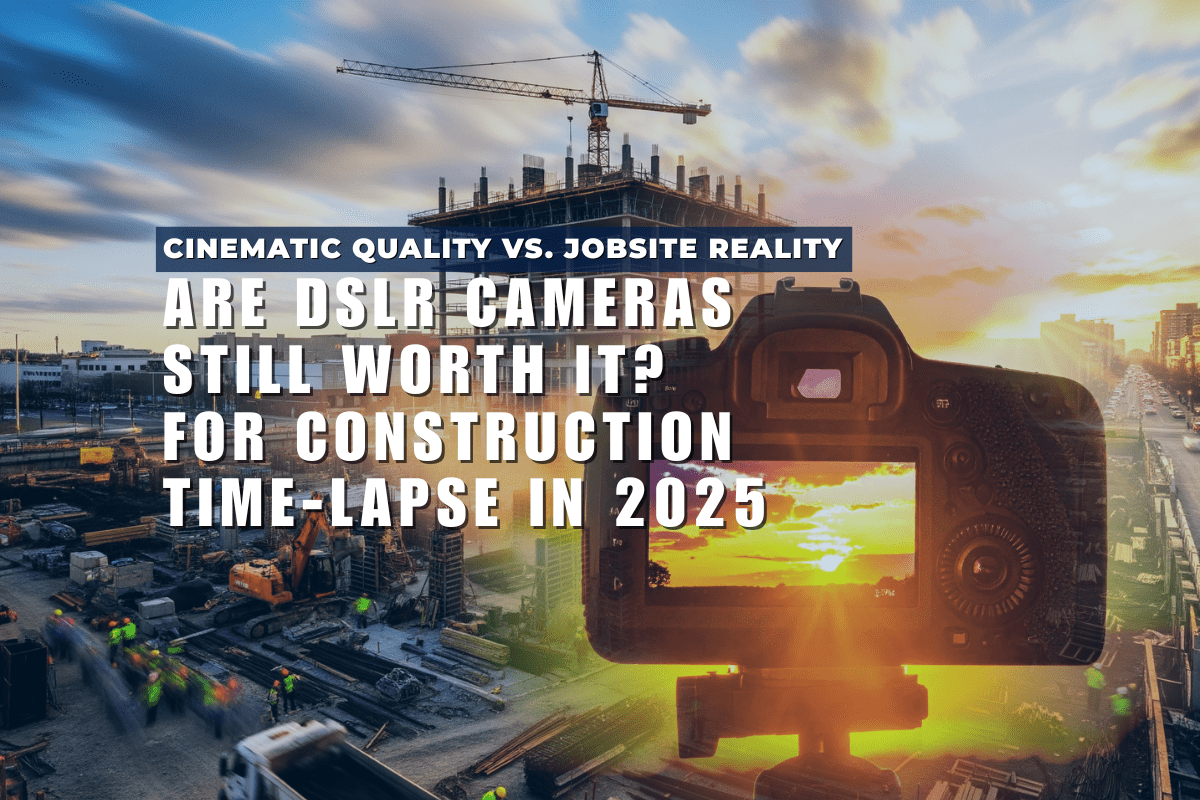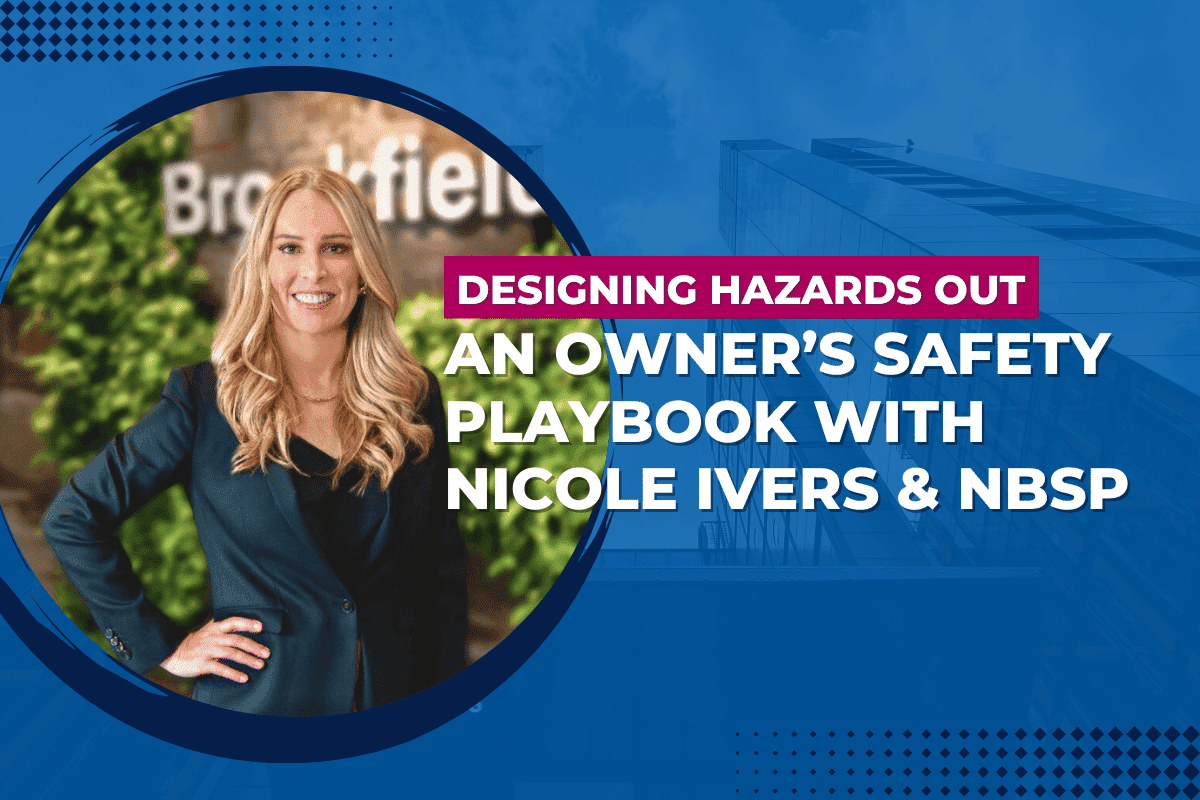The construction site diary has long been a useful daily ritual for project leaders. But what if it could do more, without you having to do more?
What Is a Construction Site Diary?
Aconstruction site diary goes by many names, such as adaily log,jobsite report, orfield report. It is the backbone of jobsite communication and documentation. It’s where foremen, superintendents, and Project Managers log what happened, when it happened, and who was involved.
Typical entries include:
-
Weather and work conditions
-
Crew and subcontractor attendance
-
Deliveries and delays
-
Instructions and changes
-
Safety incidents or observations
These records are essential forprogress tracking,dispute protection, andproject accountability.
The Problem: Traditional Site Diaries Aren’t Built for Today’s Jobsites
Manual site diaries rely on one thing: someone remembering to write them.
That creates challenges:
- Entries can beincomplete or inconsistent
- Entries can be time-consuming
-
There’s no visual proof unless someone snaps and uploads photos
-
Important events might bemissed entirely
-
When disputes happen, it'syour word vs. theirs
Project managers lose time chasing updates, and safety leaders are stuck reacting to issues after they happen.
Enter the Visual-First Site Diary: AI-Powered, Auto-Captured, Always On
Today’s most effective construction diaries don’t just record, theycapture. Automatically.
With CamDo's camera systems,DataLens, and theSony or GoPro SolarUp Time Lapse Camera, contractors can transform passive recordkeeping intoproactive, visual documentation powered by AI.
Key benefits include:
-
Automated Time-Lapse & Daily Visual Logs - No more manual uploads
-
AI-Powered Event Detection - Safety risks flagged in real time
-
Cloud-Based Access - Instant updates, even from remote sites
-
Integrations - Automatically push images into construction management platforms like Procore, CMiC, PlanGrid, and BIM360.
-
Full Visual History - Every milestone, delay, or incident documented without relying on memory
“It’s like having a site supervisor with a photographic memory—on every job.”
Real Use Cases: From Delays Prevented to Claims Defended
Picture these scenarios:
Project Manager:used to visit the site 1-3 times a week just to stay updated. Now? One quick login to CloudX, and they see up-to-date photos, tracks progress, and evensends verified visuals to clients, no questions asked.
Safety Manager:uses CloudX’s AI-powered incident detection tospot potential hazards (near-miss) at the bottom of the safety triangle before they turn into injuries. If something does happen,the footage is already logged, with time-stamped visuals ready for reporting or review.
Why the Visual Site Diary Is the New Standard
When your diary includes images captured daily, automatically, you:
-
Reduce site visits and improve oversight
-
Strengthen protection against legal claims
-
Improve subcontractor accountability
-
Increase transparency with owners and insurers
- Save hours of admin each week
Ready to Upgrade Your Daily Logs?
Both DataLens and SolarUp plug into theCloudX platform, offering visual-first site diaries that do the documenting for you. No more guesswork. No more gaps.
👉 See CamDo in Action Get a Custom Demo
FAQ: Visual Construction Site Diaries
Q: What’s the difference between a site diary and a daily report?
A: They're often used interchangeably. Both track daily jobsite activity, but a visual site diary includes automatically captured images and AI insights for better accuracy and value.
Q: Can CamDo cameras replace our daily reports?
A: Not entirely, but they dramatically improve them. You still log notes, but CamDo adds the visual proof and automated updates that traditional methods miss.
Q: Is this only useful for big projects?
A: No. Even small jobs benefit from visual records, especially for client updates, dispute protection, and schedule alignment.
Q: What if my site has no internet?
A: DataLens includes built-in cellular connectivity, making it ideal for remote projects without WiFi.



